SUMMARY
This is AI generated summarization, which may have errors. For context, always refer to the full article.
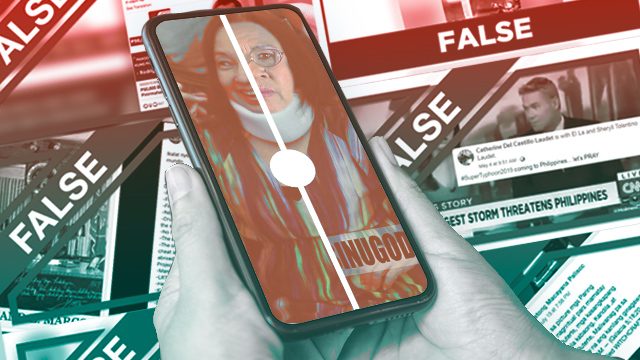

MANILA, Philippines – Disinformation and misinformation continued to plague the Philippine online landscape in 2019.
From January 22 to December 28, 2019, Rappler fact-checked a total of 188 false and misleading claims – both posted across social media platforms and made by public officials at different events.
Most, or 39.4% of these claims, came in text form. These were claims that were shared online as Facebook status updates and/or captions, and blog articles.
Graphics and memes were the second most used format, taking up 27.1% of all the debunked claims. These are images that had text on them, such as quote cards and memes. Photos and videos followed, making up 16.5% and 10.1%, respectively.
The table below categorizes fact-checked content by format:
Out of all the formats, most-used are false captions on images. Rappler fact-checked a total of 41 posts that were shared using this format, accounting for 21.8% of the total. The false or misleading claims were spelled out in the text of the caption, but were accompanied by photos or stock images to make it look more believable.
Some of the notable fact-checked content that made use of this form were pro-Ferdinand Marcos claims, which often came in long lists but were also accompanied by a photo of the late dictator. In September, Rappler debunked several claims that used this format, such as the one that said the Philippines was the ‘richest country in Asia’ during Marcos years, and that Marcos built the first airport in Asia. (READ: NETWORKED PROPAGANDA: How the Marcoses are using social media to reclaim Malacañang)
There were also several dubious posts and articles from blogs that were debunked this year. These were amplified on Facebook through different pages and groups that share them on the social networking site as links.
Attributing fake quotes to public personalities was also rampant in 2019, with Vice President Leni Robredo at the receiving end of a number of this type of attack. These fake quote cards are easy to make and propagate since they’re only a combination of a fictitious line and a photo of the personality targeted.
In 2019, Rappler fact-checked 21 claims that either falsely attributed a statement said by another personality to another, or invented an entirely new quote that was never said on record. Out of this, 8 had Robredo as the target.
Using real photos and videos in deception
Aside from text and graphics, real photos and videos were also used in the propagation of false information online. Majority of these were not doctored or manipulated, but rather just media taken out of context.
Photos taken out of context were usually used to deceive the public using pro-Duterte posts and false advisories about hazards and natural disasters.
In August, a set of photos circulated on Facebook along with the claim that it was taken during a ritual done by Catholic priests to make President Rodrigo Duterte die. The truth? It was from a symbolic street theater activity called “Lamay para sa Demokrasya” at Padre Faura Street in Manila in May 2018.
In May, a screencap of an old news report from CNN in 2014 was used to spread false information that the Philippines was in path of 2019’s “super typhoon.”
This technique was used in videos, too. In December, a video of a white van allegedly “abducting” a student became viral online, causing fear to the public. But a closer look at the issue showed that it was a prank video made for fun by a group of teenagers, as confirmed by the Manila Police District (MPD) way back in April 2019.
While most of the dubious posts we have debunked in the past year included raw photos with misleading or outright false captions, there were also some that went out of their way to actually manipulate and doctor photos and videos.
Perhaps one of the most notable false claims we have encountered all year was the spliced and edited video of Philippine opposition senator Leila De Lima. Originally posted in August 2016, the video again made rounds on social media in August this year – making it viral enough to be flagged by Claim Check, Facebook’s monitoring tool that identifies suspicious posts for fact checkers to verify. (READ: PREMEDITATED MURDER: The character assassination of Leila de Lima)
The way the video was cut and spliced was meticulous enough to make it look like the senator was admitting she’s a “drug lord coddler.” The truth? It was a manipulated clip of her privilege speech on extrajudicial killings at the Senate, where she denounced President Rodrigo Duterte’s bloody war on drugs. (WATCH: Leila de Lima’s privilege speech on extrajudicial killings)
Manipulation was done on photos, too. In September, a reader emailed Rappler a link to a Facebook post that showed an edited Manila Bulletin front page with a headline that read, “Revilla eyes Culion, Palawan for the next Bilibid prison.” We found out that it was manipulated to show a fictitious headline. (READ: FALSE: Revilla ‘eyes Culion, Palawan as next Bilibid Prison’)
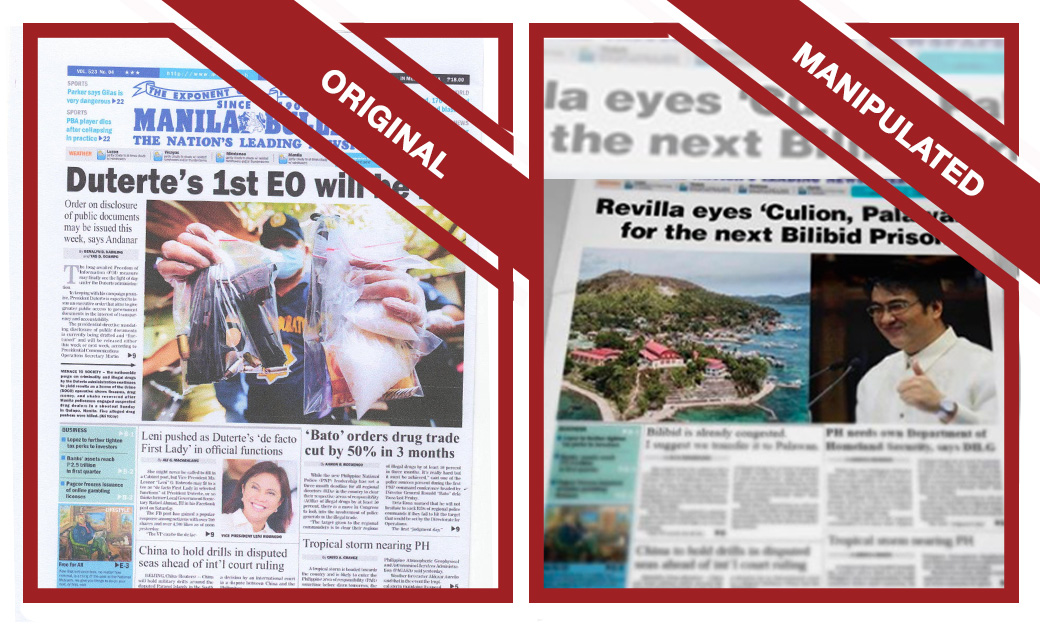
In May, a dubious photo of Kabataan party list representative Sarah Elago and other members of her political organization showed that they were holding a placard that says “We support ROTC.” The original image, however, actually said “JUNK Education Act of 1982.” Kabataan actually opposes mandatory ROTC training.
The targets of disinformation in 2019
Rappler identified 16 different subjects of false and misleading claims propagated in 2019. Same as last year, the opposition remained to be the main target of online disinformation, but this year there were several pro-Duterte administration and pro-Marcoses posts propagated, too. Attacks on the government and the Marcoses, meanwhile, were few and are at the bottom of the list.
Aside from Robredo, De Lima was also one of the favorite targets of disinformation in the past year. In October, a sloppily-edited photo of De Lima sitting in a wheelchair and wearing a neckbrace circulated on Facebook, which came with the caption that said she was rushed to the hospital. The original photo, however, was an image of former president Gloria Arroyo taken by Rappler photographer Ben Nabong. (READ: FALSE: De Lima ‘rushed to hospital,’ wears neck brace)
(Click and drag slider to move between slides)
Next to the opposition were mainstream media, often attacked for supposedly not publishing positive news about the government. A transportation blogger, for instance, claimed that the media did not report about the arrival of new PNR train sets in December – an attempt to discredit journalists and insinuate bias in reporting.
From April to May, a number of election-related false information came out. These include claims about cheating both here and abroad, as well as posts that claimed the withdrawal of candidacy and disqualification of some candidates.
False information about the government services like salary hike for teachers and P50,000-bonus among SSS members were also among the dubious claims made this year that could have misled many.
Perhaps most worrisome among the hoaxes were public safety-related lies. In a number of instances in 2019, fear-mongerers triggered panic in social media through fake advisories on typhoons, prediction of earthquakes, and trending urban legends.
Though efforts were made to point out these lies online, only a few accounts issued corrections. Out of all the debunked claims this year, only 3 page administrators reached out to Rappler in order to correct or dispute a total of 4 posts (one page issued corrections twice).
Many posts were just taken down without explanation, while others were just left online – still available to be seen and shared by others. – Rappler.com
Add a comment
How does this make you feel?

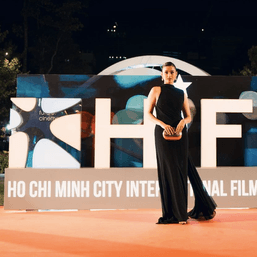
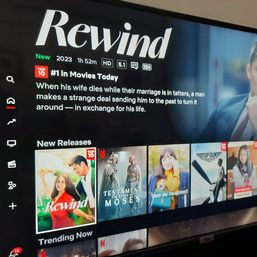


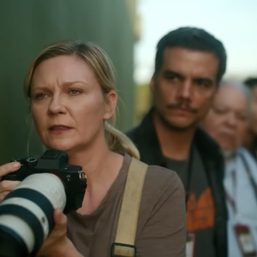
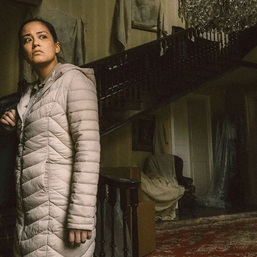




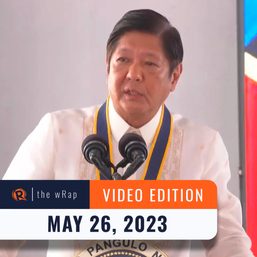


There are no comments yet. Add your comment to start the conversation.